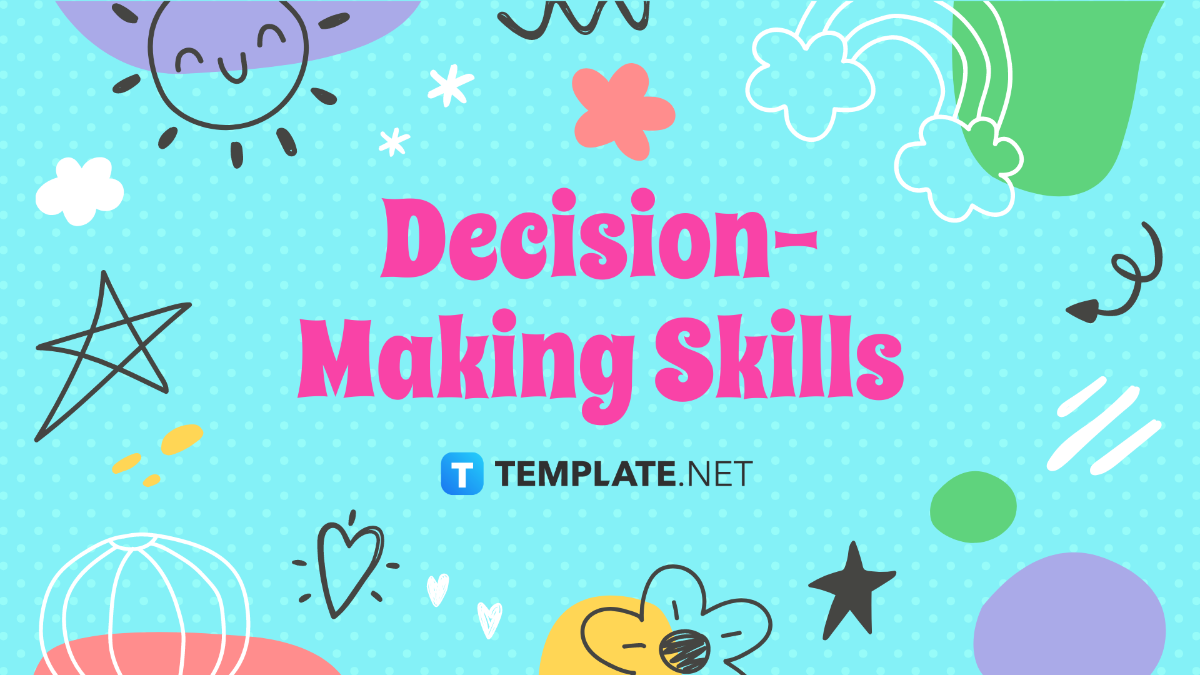In our fast-paced world, the ability to make effective decisions is frequently the key to achieving success, both personal life and professionally. Yet leadership decision-making of us find ourselves struggling with choices, whether it’s a small daily decision or a significant life change. Mastering the art of effective decision-making can create new opportunities and improve our overall quality of life. This article aims to demystify the decision-making process by exploring ten successful techniques that can significantly improve your skills.
Ranging from the psychology behind effective decisions to useful frameworks that help you assess options, we will explore how you can make more effective choices under pressure. Whether you are a manager facing tough calls or someone navigating daily dilemmas, recognizing the role of emotional intelligence and intuition in your decision-making can empower you to act with assurance and focus. Join us as we explore strategies to tackle decision fatigue, avoid traps like paralysis by analysis, and ultimately learn how to make decisions that lead to a satisfying life.
Methods for Successful Decision-Choosing
One of the most crucial techniques for effective decision-making is to create a structured framework to navigate the methodology. This entails establishing specific criteria for assessing options, setting priorities, and evaluating potential outcomes. By using tools such as decision matrices or pros and cons lists, individuals can methodically analyze their choices. This method not only illuminates the decision-making path but also minimizes confusion and helps avoid the traps of emotional bias.
Another important approach is to cultivate emotional intelligence. Understanding your emotions and noticing how they impact your decisions can lead to improved choices. By allowing a moment to reflect on what you’re feeling and why, you can distinguish your instincts from the truth at hand. Incorporating mindfulness practices can boost this element, allowing you to remain present and focused, leading to more coherent and more empathetic decision-making.
Lastly, reflecting from past decisions is crucial for refining future choices. Reflect on previous outcomes, both good and bad, to comprehend the factors that contributed to those results. This retrospective analysis can disclose patterns in your decision-making process that you can utilize for growth. Having a mindset of curiosity and openness to learning fosters resilience, allowing you to adjust and hone your abilities free from the burden of regret.
Grasping the Psychology of Decision-Making
The choice-making process is substantially influenced by psychological factors that impact how we view options and consider potential outcomes. One of the key factors is cognitive biases, which can lead individuals to make illogical decisions based on scarce information or emotional responses. For instance, the confirmation bias causes people to favor information that supports their pre-existing beliefs, often overlooking contradictory evidence. Grasping these biases is important for honing the art of intelligent decision-making.
Emotional intelligence also plays a significant role in making good choices. Identifying and managing emotions can help individuals handle complex decisions, especially under stress. Those with strong emotional intelligence are more suited to handle tension and assess the feelings of others, encouraging more deliberate choices. Incorporating emotional awareness into decision-making can change impulsive reactions into deliberate actions that support long-term goals.
Finally, the environment in which decisions are made plays a role to the psychology of choices. Surroundings, social influences, and time constraints can all alter our ability to think critically and make wise decisions. For example, decision fatigue can kick in after prolonged periods of making choices, resulting in less than ideal outcomes. By being mindful of contextual factors and creating a conducive decision-making environment, individuals can boost their clarity and focus, resulting in better choices in general.
Conquering Challenges in Making Decisions
One of the most significant difficulties individuals face in decision-making is the overwhelming feeling of pressure, particularly when stakes are high. In moments of urgency, it is simple to rush into choices without thoroughly considering the implications. To combat this, you can employ strategies such as the power of pause, which encourages taking a step back to analyze the situation calmly. This brief moment of reflection allows you to gather your thoughts, minimize anxiety, and often leads to more balanced and informed decisions.
Another frequent hurdle is decision fatigue, a psychological phenomenon that occurs when we are faced with too many choices throughout the day. As energy and mental clarity decrease, even simple decisions can feel extremely taxing, leading to poor outcomes. To mitigate decision fatigue, adopt daily habits that simplify your choices, such as prioritizing critical decisions early in the day or simplifying your options. This structured approach will help maintain mental clarity and ensure you allocate your cognitive resources for the key decisions.

Lastly, fear of committing to the wrong decision can paralyze individuals, preventing them from taking action altogether. This fear often stems from the desire to achieve perfect outcomes and avoid possible regrets. To conquer this challenge, embrace a perspective that views decisions as chances for growth rather than risks. Additionally, consider the importance of emotional intelligence in recognizing and managing your fears. By training improve decision-making to recognize that every decision—even those that do not yield the expected results—provides valuable learning experiences, you can approach decision-making with increased confidence and resilience.
